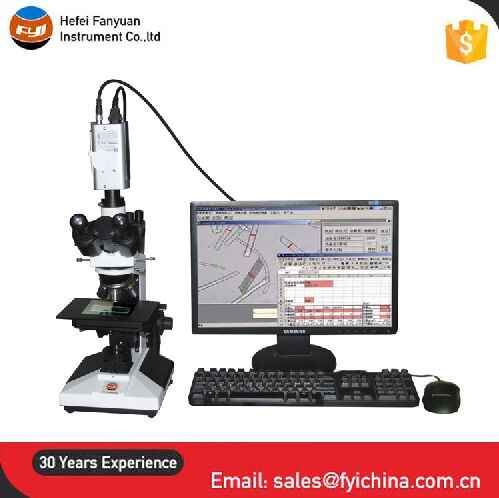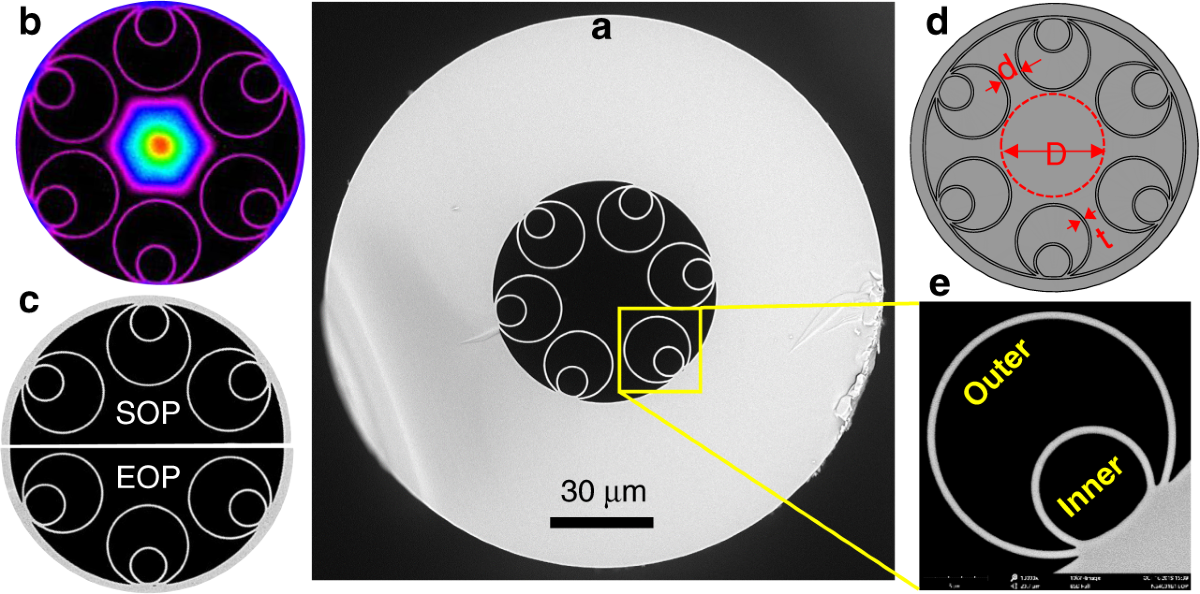Why Optical Fibre Diameter Analyser Devices Are Crucial for Engineers
Why Optical Fibre Diameter Analyser Devices Are Crucial for Engineers
Blog Article
Maximize Your Fiber Optic Performance: Understanding Optical Fiber Diameter Analyser Technology
The performance of fibre optic systems is seriously affected by the precision of their diameter, a variable commonly forgot in the quest of optimal signal stability. Comprehending the technology behind optical fibre size analysers exposes the elaborate balance between measurement accuracy and production top quality. These tools not just boost compliance with sector requirements but also supply real-time insights that can preemptively address possible issues. Nevertheless, the implications of their usage prolong beyond simple measurement; they can basically modify the landscape of fibre optic performance. What variables should one think about to harness their complete potential?
Relevance of Optical Fibre Diameter
The size of optical fibre plays an important function in determining the performance and performance of communication systems. It affects several essential criteria, consisting of the mode of light proliferation, depletion, and data transfer capacity. Larger diameters typically permit numerous light settings, facilitating greater data transmission rates. Conversely, smaller sizes tend to support less modes, which can improve signal clearness and minimize crosstalk.

Furthermore, comprehending the diameter's effects can result in cost savings by reducing the requirement for signal amplification and repeaters in extensive networks (optical fibre diameter analyser). In conclusion, the significance of optical fiber size can not be overstated, as it straight affects the overall performance and reliability of contemporary interaction systems

How Size Affects Signal Quality
Signal quality in optical fiber systems pivots dramatically on the size of the fiber. A smaller size can lead to higher attenuation prices, resulting in signal loss as light travels through the fiber.
Conversely, bigger diameters normally allow for boosted light capture and decreased modal diffusion, boosting signal clarity. In multimode fibers, a bigger core diameter can support several light settings, yet it may additionally introduce intermodal dispersion, which can break down signal high quality. Selecting the ideal fiber size is critical for achieving the wanted performance in particular applications.
In addition, the interaction in between the fiber diameter and the wavelength of the light made use of plays a vital function in identifying the reliable transmission range and overall signal honesty. Therefore, understanding just how fibre size affects signal high quality is crucial for network designers and engineers making every effort to optimize optical fiber systems for trusted, high-speed data transmission.
Overview of Diameter Analyser Modern Technology
In many optical fibre production processes, precise dimension of fibre diameter is necessary for ensuring constant efficiency and high quality (optical fibre diameter analyser). Size analysers are innovative tools developed to analyze the physical dimensions of optical fibers with high accuracy. They use advanced optical and laser innovations to gauge the size, ovality, and concentricity of the fibre, hence giving vital data for top quality control
These analysers can operate in-line during the manufacturing process or as part of off-line testing procedures. In-line systems make it possible for real-time monitoring, allowing producers to change criteria immediately, thereby preserving optimum manufacturing problems. Off-line analysers, on the various other hand, give thorough analyses of batches, guaranteeing that any type of discrepancies from specified tolerances are identified and dealt with.
Size analysers dramatically add to the decrease of flaws in optical fibers, improving general product reliability. By consistently measuring key criteria, these modern technologies facilitate conformity with sector requirements and specs. As the demand for high-performance optical fibers remains to rise, the role of size analysers ends up being progressively vital in attaining the desired quality and efficiency criteria in fiber optic systems.
Secret Attributes of Fiber Diameter Analysers
Although numerous designs of fibre size analysers exist, they generally share a visit site number of crucial features that boost their capability and dependability. One of one of the most considerable features is high-resolution measurement abilities, which ensure precise size readings, crucial for preserving quality assurance in fiber production. Additionally, numerous analysers incorporate innovative optical sensors made to discover minute variations in fiber diameter, hence supplying indispensable information for process optimization.
An additional important attribute is real-time tracking, permitting operators to obtain immediate comments on fiber diameter throughout the production process (optical fibre diameter analyser). This capacity facilitates fast modifications and reduces the probability of defects. Lots of analysers additionally come geared up with straightforward user interfaces, making it possible for operators to quickly browse through information and settings outcomes
In addition, robust data storage space and analysis functionalities are necessary for tracking historical performance patterns and making certain conformity with industry criteria. Some models even provide connectivity alternatives for integration right into existing production control systems, improving total functional efficiency. Compact and portable layouts permit for adaptable deployment within production environments, ensuring that quality guarantee find more procedures are smooth and reliable. These functions collectively add to the efficacy of fibre size analysers in maximizing fiber optic efficiency.
Ideal Practices for Fibre Optimization

First, regular calibration of optical fiber size analysers is vital. This ensures exact measurements and reduces possible disparities that could influence performance. Next off, maintaining a clean functioning atmosphere is important; dirt and pollutants can bring about signify destruction.
Furthermore, it is important to pick fibres that satisfy specific application demands. This entails assessing variables such as attenuation, transmission capacity, and environmental problems. Proper setup techniques must additionally be complied with, consisting of avoiding sharp bends and extreme stress, which can jeopardize fiber integrity.
Moreover, using advanced tracking systems can promote real-time efficiency evaluations, making it possible for prompt identification of concerns. Normal testing and maintenance should be carried out to make certain that fibers remain within ideal functional criteria.
Lastly, training workers on the current fibre optimization technologies and methods will certainly boost their ability to execute reliable approaches. By following these best practices, organizations can dramatically enhance the performance and life expectancy of their optical fiber systems, making sure efficient communication and data transfer.
Conclusion
In final thought, the integration of optical fiber size analyser innovation is essential for taking full advantage of fibre optic performance. By making certain exact measurements of fiber measurements, these analysers considerably enhance signal quality and reduce losses throughout data transmission.
Signal top quality in optical fibre systems pivots substantially on the diameter of the fiber.In lots of optical fibre production processes, exact measurement of fiber size is crucial for making sure consistent performance and top quality. As the demand for high-performance optical fibers continues to increase, the role of size analysers becomes significantly important in attaining the desired high quality and performance standards in fiber optic systems.
These functions jointly contribute to the efficacy of fiber diameter analysers in maximizing fiber optic efficiency.
In conclusion, the assimilation of optical fibre size analyser innovation is important for taking full advantage of fiber optic performance.
Report this page